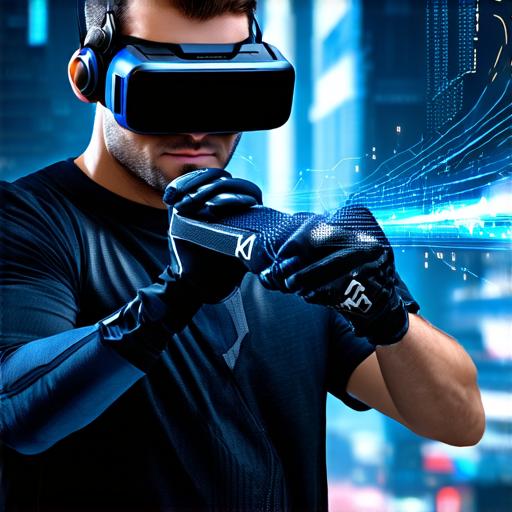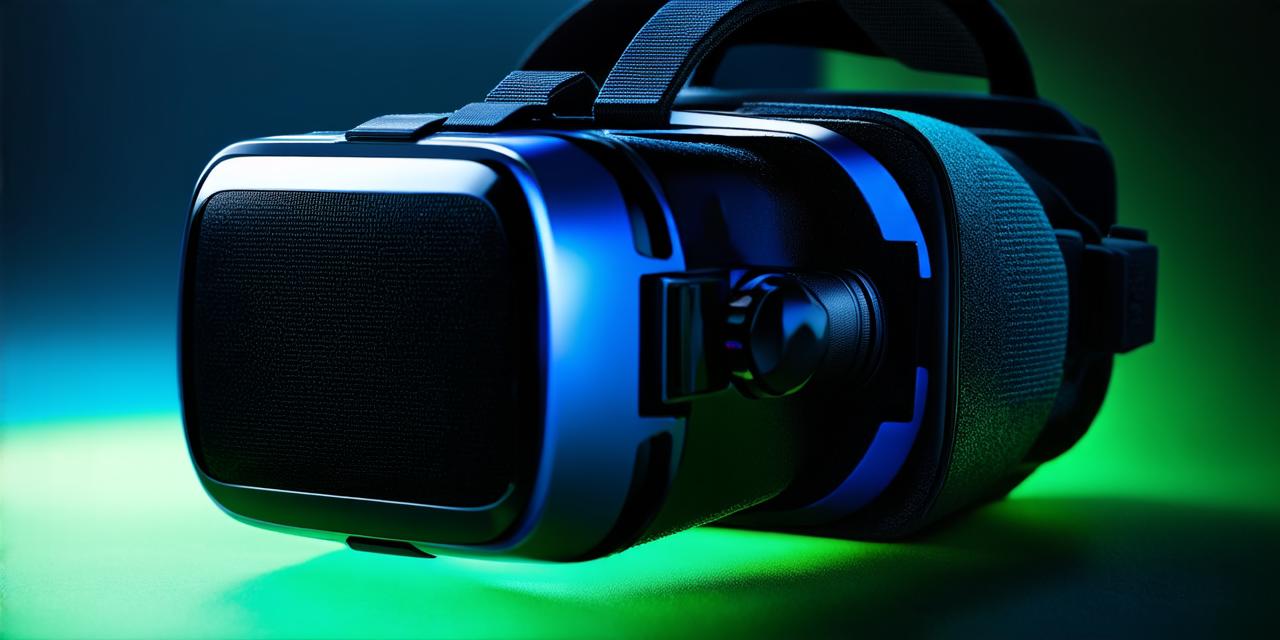History of Virtual Reality
Virtual reality dates back to the 1960s when researchers at the University of Utah developed a head-mounted display (HMD) that allowed users to experience a simulated environment. Over the years, VR technology has come a long way, with advances in computer graphics, motion tracking, and display technology making it possible to create increasingly immersive experiences.
Today, virtual reality is being used in a wide range of applications, from gaming and entertainment to education, healthcare, and more. The popularity of VR has grown rapidly in recent years, with the number of VR headsets sold expected to reach 270 million by 2024.
Benefits of Virtual Reality
Virtual reality offers a range of benefits that make it an attractive technology for many industries. These include:
- Enhanced learning and training: Virtual reality can be used to simulate real-world scenarios, allowing for hands-on training in a safe and controlled environment.
- Improved mental health: Virtual reality has been shown to be effective in treating a range of mental health conditions, including anxiety, depression, and PTSD. By providing a safe and controlled environment for exposure therapy, VR can help individuals overcome their fears and improve their overall well-being.
- Increased engagement and motivation: Virtual reality can be used to create highly engaging and motivating experiences that keep users coming back for more. This makes it an attractive technology for industries such as gaming and entertainment, where user retention is critical.
- Enhanced creativity and design: Virtual reality allows designers and artists to create and test their designs in a virtual environment before implementing them in the real world. This can save time and resources by reducing the need for physical prototypes and testing.
Applications of Virtual Reality
Virtual reality is being used in a wide range of applications across many industries. Some examples include:
- Gaming and entertainment: VR has revolutionized the gaming industry, providing users with highly immersive and interactive experiences that were not possible before.
- Education: Virtual reality can be used to create highly engaging and immersive experiences for students, allowing them to explore and interact with digital content in a way that was not possible before. For example, VR simulations can be used to take students on virtual field trips to historical sites or allow them to explore the solar system in 3D.
- Healthcare: Virtual reality can be used for a range of healthcare applications, including training medical professionals, treating mental health conditions, and providing pain management. For example, VR simulations can be used to train surgeons and other medical professionals, while patients with PTSD can use VR to expose themselves to traumatic situations in a controlled environment.
- Training and simulation: Virtual reality can be used for a range of training and simulation applications, including military training, flight simulation, and vehicle simulation. For example, the U.S. military has been using VR simulations to train soldiers for combat situations.
Future Prospects of Virtual Reality
The future prospects of virtual reality are vast and varied. As technology continues to evolve, we can expect to see even more exciting developments in the years to come. Some potential applications of VR include:
- Telecommunication: Virtual reality can be used for teleconferencing and remote collaboration, allowing people from different locations to interact with each other in a virtual environment.
- Tourism: Virtual reality can be used to provide immersive experiences for tourists, allowing them to explore destinations around the world without leaving their homes.
- Real estate: Virtual reality can be used to provide 3D tours of properties, allowing buyers and renters to explore and interact with spaces in a way that was not possible before.
- Therapy: Virtual reality can be used for a range of therapy applications, including exposure therapy, pain management, and physical rehabilitation.

Conclusion
Virtual reality is a highly engaging and immersive technology that has the potential to transform many industries. If you’re an AR developer, chances are you have some experience working with VR technology. In this article, we explored what you are familiar with regarding virtual reality, including its history, benefits, applications, and future prospects.
FAQs
Here are the answers to some frequently asked questions about virtual reality:
- What are some real-life examples of how virtual reality is being used in education?
- How does virtual reality improve mental health?
- What industries are most heavily impacted by virtual reality?
Virtual reality can be used to create highly engaging and immersive experiences for students, such as simulating a field trip to a historical site or allowing them to explore the solar system in 3D. For example, the University of Maryland has developed a VR simulation that allows students to explore the Pyramids of Giza in 3D.
Virtual reality can be used to provide exposure therapy for individuals with anxiety, depression, and PTSD, allowing them to safely confront their fears and improve their overall well-being. For example, the U.S. Department of Veterans Affairs uses VR to treat veterans with PTSD by exposing them to traumatic situations in a controlled environment.
Virtual reality is being used in a wide range of industries, including gaming and entertainment, education, healthcare, training and simulation, and more. The technology has the potential to transform many aspects of our lives. For example, the automotive industry is using VR simulations to test and refine car designs before building physical prototypes.
Conclusion
Virtual reality is a highly engaging and immersive technology that has the potential to transform many industries. If you’re an AR developer, chances are you have some experience working with VR technology. In this article, we explored what you are familiar with regarding virtual reality, including its history, benefits, applications, and future prospects.
FAQs
Here are the answers to some frequently asked questions about virtual reality:
- What are some real-life examples of how virtual reality is being used in education?
- How does virtual reality improve mental health?
- What industries are most heavily impacted by virtual reality?
Virtual reality can be used to create highly engaging and immersive experiences for students, such as simulating a field trip to a historical site or allowing them to explore the solar system in 3D. For example, the University of Maryland has developed a VR simulation that allows students to explore the Pyramids of Giza in 3D.
Virtual reality can be used to provide exposure therapy for individuals with anxiety, depression, and PTSD, allowing them to safely confront their fears and improve their overall well-being. For example, the U.S. Department of Veterans Affairs uses VR to treat veterans with PTSD by exposing them to traumatic situations in a controlled environment.
Virtual reality is being used in a wide range of industries, including gaming and entertainment, education, healthcare, training and simulation, and more. The technology has the potential to transform many aspects of our lives. For example, the automotive industry is using VR simulations to test and refine car designs before building physical prototypes.




